Name: Schönbrunn Palace and Gardens
Address: Schloßstraße 47, Vienna 1130, Austria
Official Website: https://www.schoenbrunn.at/
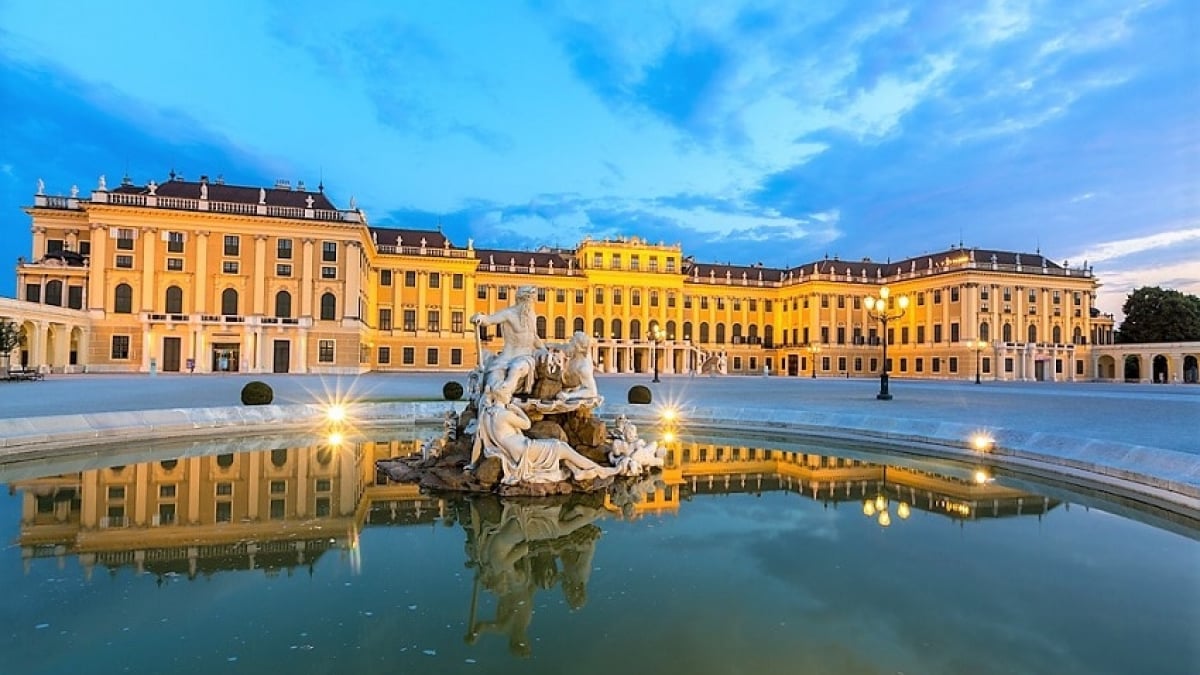
An Austrian World Heritage That Outshines Versailles! Schönbrunn Palace and Gardens
Schönbrunn Palace and Gardens is the summer residence of the Habsburg dynasty—a prominent European royal family based in Austria. Originally built in the 17th century, a new palace and garden complex were constructed in 1696 with the ambition of surpassing France’s Versailles. Later, following its acquisition by Maria Theresa—the daughter of Roman Emperor Charles VI—the palace was remodeled from 1743 onward into a residence that truly reflects the grandeur worthy of a world heritage site.
This magnificent palace boasts an astounding 1,441 rooms, including a number of opulent state halls. The vast French-style gardens, laid out in the 18th century, not only feature the world’s oldest zoo but also house a carriage museum exhibiting a lavish baroque imperial coach. Every corner of this world heritage site reveals the luxurious lifestyle of the Habsburgs.
table of contents
[x] close
An Austrian World Heritage That Outshines Versailles! Schönbrunn Palace and Gardens
What Is Schönbrunn Palace and Gardens?
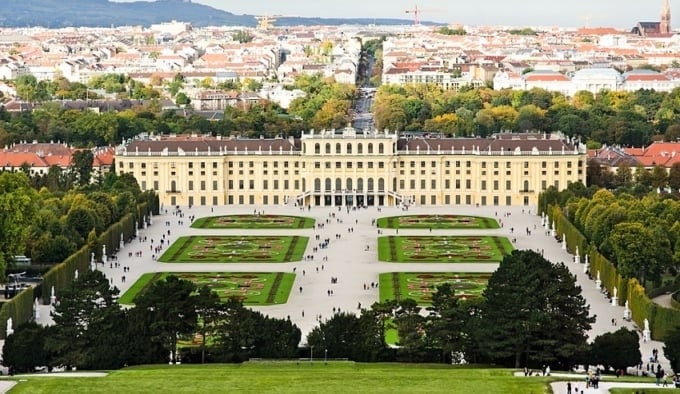
Stretching approximately 180 meters across its wings, Schönbrunn Palace and Gardens is renowned as one of Europe’s most magnificent palaces. In 1696, Emperor Leopold I commissioned the Baroque master Fischer von Erlach with the task of creating “a palace to outshine Versailles.” Financial difficulties led to a temporary halt in construction, but in 1749, Empress Maria Theresa completed the palace by renovating its interiors in the Viennese Rococo style. The exterior, once painted pink, was refined to a sophisticated cream tone known as “Maria Theresa Yellow.”
The name “Schönbrunn” literally means “beautiful spring.” The palace’s vast French-style gardens, which extend 1.2 km east to west and 1 km north to south, have been registered as a world heritage site since 1996. It offers visitors a glimpse into the extravagant life of the Habsburg dynasty. Don’t miss the chance to explore this treasure trove of history in Vienna.
How to Access Schönbrunn Palace and Gardens
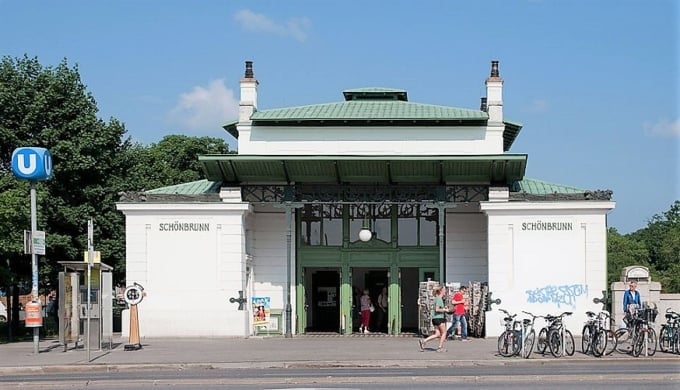
Reaching this world heritage site is very convenient. Take Vienna’s U-Bahn U4 line from the city’s Link station and arrive at Schönbrunn station in about 10–15 minutes. After getting off, a short five-minute walk will bring you directly to the palace and its gardens.
Its proximity to the station makes it an easily accessible attraction in Austria—ideal for anyone visiting Vienna.
Two Recommended Highlights of Schönbrunn Palace and Gardens
Inside the Palace
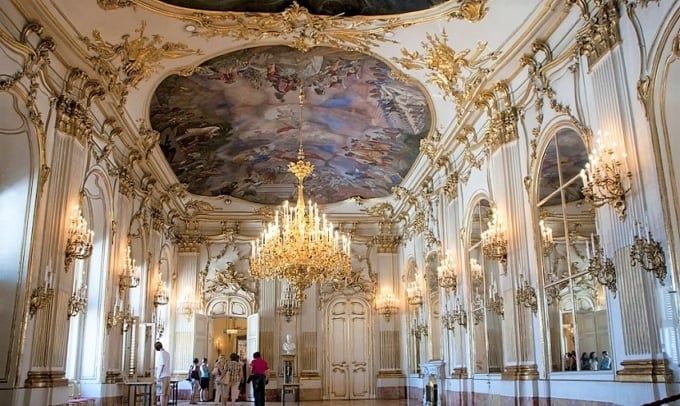
Inside Schönbrunn Palace, there are 1,441 rooms, although only about 40 are open to the public. The remaining rooms are used as rental accommodations with approximately 200 households residing there. The grand gallery, reminiscent of the palace’s glorious past, once hosted nightly banquets and balls—even the famous Vienna Congress was held here. Highlights include the “Mirrored Room,” where a young Mozart performed before Maria
Theresa at the age of six; the intimate “Knee Room,” a favorite of the Empress; and the Blue Chinese Room. Don’t miss the “Million Room,” regarded as one of the most luxurious spaces. An audio guide is available to help deepen your understanding of the historical background, architectural features, furnishings, and paintings.
The Gardens
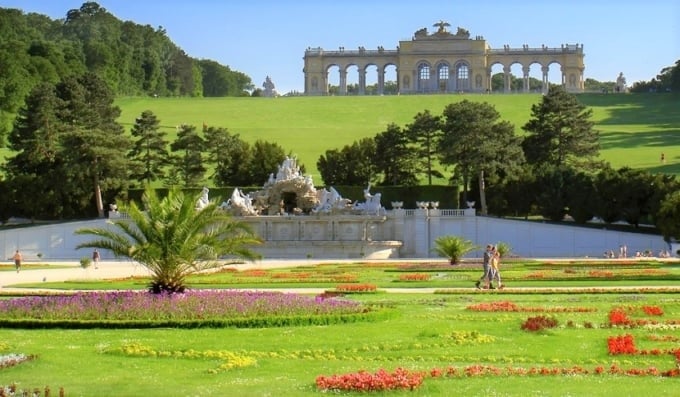
The sprawling gardens of Schönbrunn are as impressive as the palace itself. In these meticulously designed French-style gardens, you’ll find beautiful fountains, the Gloriette—a triumphal memorial built in 1775—and Neptune’s Fountain, among other attractions. Although the shortest route through the gardens covers more than 1 km and includes a hill with a 60-meter elevation, the climb is well worth it. A café at the Gloriette provides a welcome rest along the way.
Other highlights include geometrically arranged flower beds, manicured lawns, and tree-lined avenues. Additionally, a Japanese garden—originally inspired by the garden seen by Archduke Franz Ferdinand in Japan and later restored as a dry landscape garden in 1998—offers a serene retreat, while the Palm House Schönbrunn, one of Europe’s largest glass greenhouses, is another must-see attraction.
Things to Note When Visiting Schönbrunn Palace and Gardens
Tickets for Schönbrunn Palace and Gardens come in various types, so it’s advisable to review which attractions you are most interested in before your visit. Much of the expansive garden and the stone colonnade with the Gloriette are accessible free of charge. If you plan to tour only the palace interior, opt for the “Imperial Tour” ticket. Alternatively, the “Classic Pass” includes access to the Gloriette’s viewing terrace and the maze garden. Plan ahead to make the most of your visit.
◎ Summary
Schönbrunn Palace and Gardens is a world heritage site that offers an unparalleled glimpse into the former glory of the Habsburg dynasty. Although climbing the hill may be a bit challenging, the breathtaking views of the ornate Neptune Fountain, the palace and gardens from above, and the historic Viennese cityscape in the background are truly unforgettable. When visiting Vienna, take the train to Schönbrunn and immerse yourself in the luxurious legacy of the Habsburgs.
RELATED ARTICLES
REGIONS
CATEGORIES
FEATURED ON Guide
-
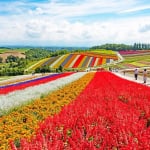
Where will you go for the summer vacation? Introducing recommended spots for domestic travel
-
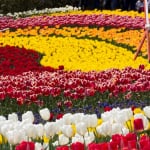
Kaizu City’s Recommended 7 Tourist Spots. Enjoy the Culture and History Nurtured by Wajū!
-
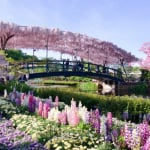
What Makes Ashikaga Flower Park So Special? A Treasure Trove of Photo-Worthy Spots!
-

600 Years of Radiant Tradition: Korea’s Historic Villages of Hahoe and Yangdong
-

Two-Colored Seas and a Pink Beach! 4 Must-Visit Spots in North Eleuthera
MOST POPULAR ON Guide
-
 1
1Doha: Must-see Attractions in the Capital of Qatar
-
 2
2Toronto: 10 Things to do in this Picturesque Canadian City
-
 3
3Amarillo: A City Famous for It’s Amazing Canyons, Great History and Music
-
 4
4South Korea: Dazzling Scenery, Rich Culture and Fascinating History
-
 5
5Kuwait: A Country in Middle East Asia Famous for Hot Sand Dunes and Stunning Cityscape





